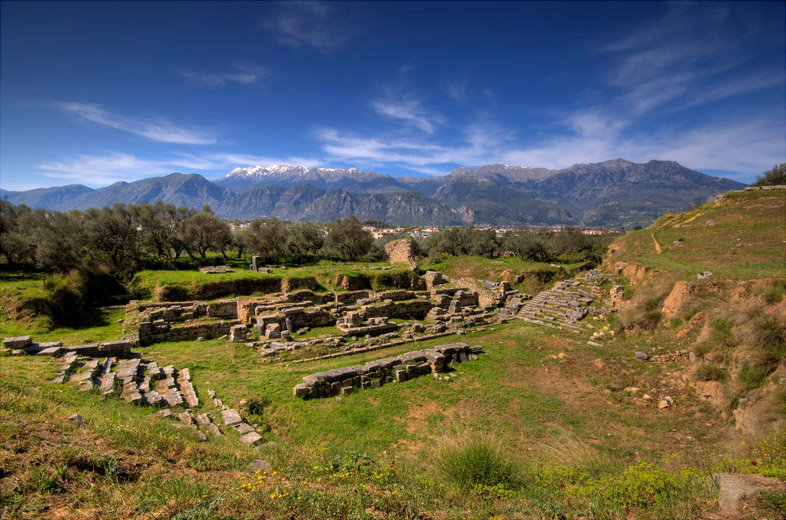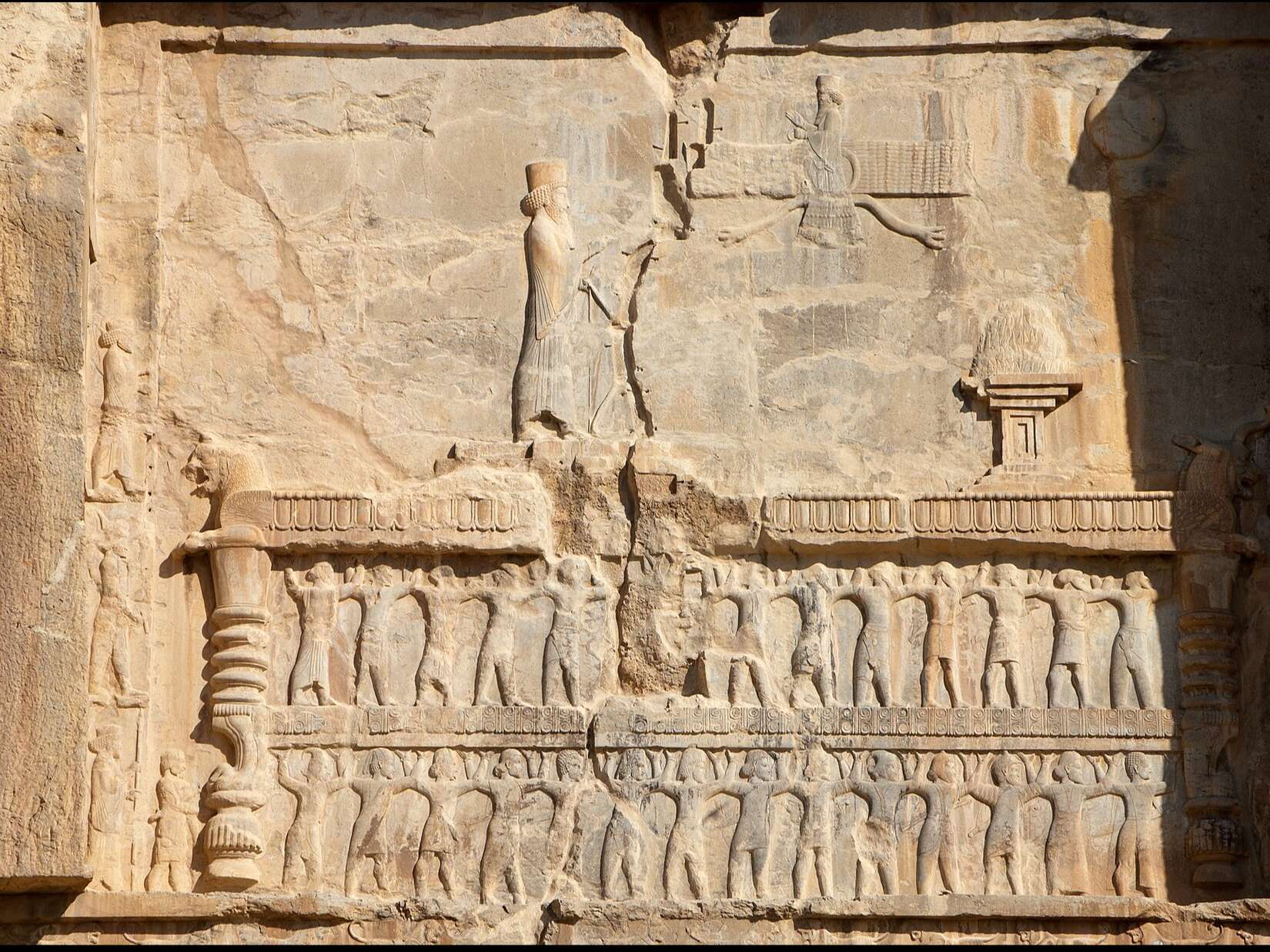The Spartan-Persian Peace Treaty That Destroyed Ancient Greece
Source: GreekReporter.com

The Spartan-Persian peace treaty, also known as the peace of Antalcidas, emerged in 386 BC after negotiations between Spartan Admiral Antalcidas and the Persian King Artaxerxes II.
The treaty required the Greek cities of Asia Minor (Anatolia) and the islands of Cyprus to submit to Persian control. It also declared the autonomy of all mainland Greek cities. This ensured they could not unite into a single force capable of opposing Persia. This agreement served as a form of “Common Peace.” It was akin to the Thirty Years’ Peace that had ended the First Peloponnesian War.
The context and provisions of the Spartan-Persian peace treaty of Antalcidas
Exhausted by years of conflict with Athens, Thebes, Euboea and other Greek states, the Spartans sought to end hostilities. They sent Admiral Antalcidas to negotiate with Artaxerxes II, resulting in the treaty of 386 BC. The agreement established three main conditions. First of all the Greek cities of Asia Minor and Cyprus would fall under Persian control. Second, all Greek cities would retain autonomy, with the exception of Athens’ cleruchies in Lemnos, Imbros, and Skyros. And lastly the Spartans would oversee the enforcement of peace across Greece.
By 387 BC, the Corinthian War’s focus had shifted from the Greek mainland to the Aegean. Thrasybulus, leading an Athenian fleet, had successfully brought several Aegean cities under Athens’ control. At the same time he collaborated with Evagoras, the king of Cyprus. Thrasybulus’ victories and Evagoras’ resistance threatened Persian interests in the region. Alarmed, Artaxerxes withdrew support for Athens and its allies, opting instead to align with Sparta. He summoned Antalcidas and the satrap Tiribazus to Susa, where they finalized the terms to end the war.
Evagoras’ resistance and Antalcidas’ naval strategy
Evagoras I, a champion of Greek culture, worked to integrate Cyprus into the Greek world. Under his leadership, Salamis became a hub of Hellenism. He allied with Athens, providing material and naval support during the Corinthian War. Evagoras’ defiance of Persia exemplified the Greek struggle for independence against Persian dominance. However, the peace of Antalcidas undermined these efforts, solidifying Persian control over Cyprus and curbing Evagoras’ ambitions for autonomy and regional influence.
To compel Athens to negotiate, Antalcidas moved his fleet of 90 ships to the Hellespont, where he disrupted trade routes critical to Athens’ grain supply from the Black Sea. Remembering their devastating defeat in 404 BC, when Spartan control of the Hellespont had choked their resources, Athens agreed to peace talks. Without Athens’ support, Thebes, Corinth and Argos also conceded to negotiations. During a conference in Sparta, all parties accepted the terms dictated by Artaxerxes.

The impact on Greek autonomy and Evagoras’ aspirations
Xenophon records the terms of peace of Artaxerxes:
”King Artaxerxes thinks it just that the cities in Asia should belong to him, as well as Clazomenae and Cyprus among the islands, and that the other Greek cities, both small and great, should be left autonomous, except Lemnos, Imbros and Scyros; and these should belong, as of old, to the Athenians. But whichever of the two parties does not accept this peace, upon them I will make war, in company with those who desire this arrangement, both by land and by sea, with ships and with money.”
The treaty ceded Ionia and Cyprus to Persian control. At the same time, Athens had to relinquish its newly acquired territories in the Aegean. Because of the treaty, the dream of Evagoras I, king of Salamis, to unify Cyprus under his scepter and free it from the Persian yoke, failed.
This is because Evagoras was deprived of valuable help from the Athenians with whom he had concluded a treaty of alliance a little before (388-389 BC), and who had already sent to Cyprus, for reinforcements of the efforts of Evagoras, the Athenian general Havrias with 10 triremes and 800 peltasts.
Greek divisions and the humiliation of the Spartan-Persian peace treaty

Equally impactful was the treaty’s insistence on autonomy, which dismantled a unique political experiment born during the war: the union of Argos and Corinth. This arrangement, known as sympoliteia, had merged the two cities politically, granting their citizens shared rights. The treaty forced them to dissolve this union, and Thebes was similarly compelled to disband its Boeotian League. Meanwhile, Sparta’s Peloponnesian League and their helots were conspicuously exempt from the autonomy clause, as the Spartans, who enforced the peace, had no intention of applying the principle of independence to their own domains.
Scholars criticize the peace of Antalcidas as a humiliating moment for Greece. It placed Persian interests at the center of Greek politics. Greek states were forced to accept terms dictated by a foreign power, undermining the independence they had fought for during the Persian Wars.
However, the treaty also underscored the deep divisions within Greece, as mutual rivalries often outweighed resistance to external influence. The philologist Mikhail Gasparov claims that “Artaxerxes had succeeded where Xerxes had failed. The Persian King was giving orders in Greece like it was his, and without bringing in a single soldier.” The treaty essentially put Greece under Persian rule.

The original article: belongs to GreekReporter.com .
